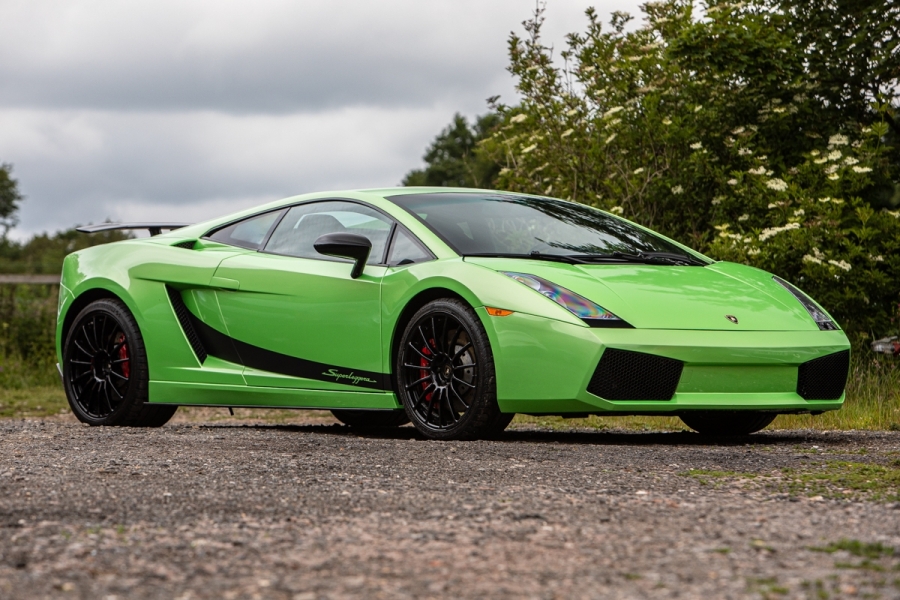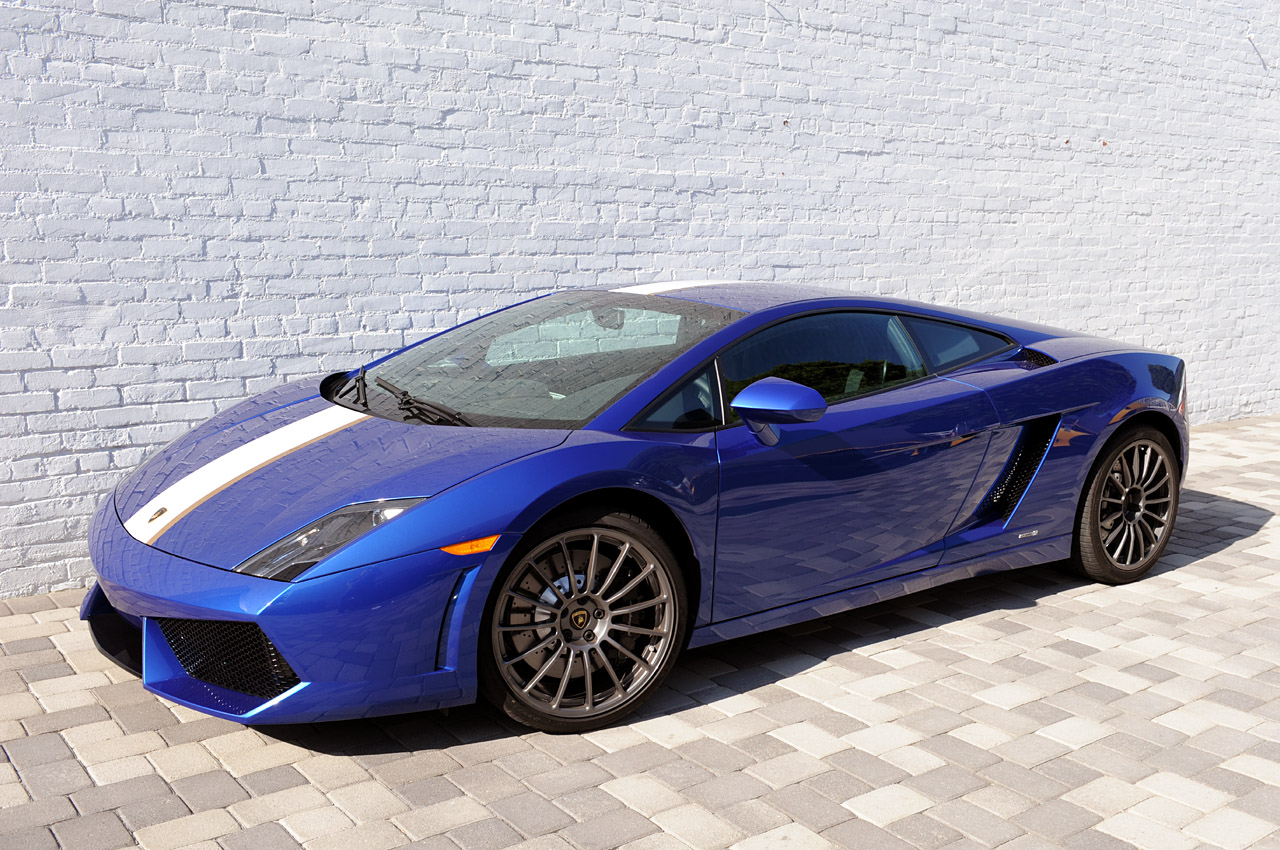Lamborghini Gallardo Buyers Guide

The Lamborghini Gallardo, produced from 2003 to 2013, served as Lamborghini’s entry-level supercar for an entire decade. It came in many versions over its life, differing in engines (5.0 L early, 5.2 L later), transmissions (manual vs e-gear), and body styles (coupe vs Spyder). Under Audi’s ownership, the model improved significantly in build quality, refinement, and reliability. Because most examples today are well-used, careful selection and inspection are key to avoiding costly surprises.
Which Version / Model Year to Target
Early (2004–2007) vs Later (2008–2013)
The first-generation “pre-LP” models used the 5.0-liter even-firing V10 and can suffer from early-production issues and less-robust components. In 2008, Lamborghini introduced the facelifted LP 560-4 with a 5.2-liter V10 and significant improvements in the transmission and electronics. Later cars benefit from superior materials and engineering, often worth the premium.
Transmission Choice – Manual vs e-Gear
Manual versions deliver a more analog driving experience, though aggressive driving can wear clutches quickly. The automated e-Gear transmission is convenient but known for actuator and clutch-wear issues on early models. The later, refined e-Gear in LP 560-4 and newer versions offers noticeably smoother shifts.
Drivetrain – AWD vs RWD
Most Gallardos are all-wheel-drive, offering secure handling and traction. However, several special editions, such as the LP 550-2 and LP 560-2, are rear-wheel-drive and appeal to purists who prefer lighter weight and a more playful balance. These RWD models demand a bit more respect at the limit but reward skilled drivers.
Special / Limited Editions
Limited models like the Superleggera, Performante, Edizione Tecnica, and Noctis add rarity and collectible appeal. They feature lighter materials, revised aerodynamics, and more aggressive tuning. Because of their exclusivity, these cars command higher prices and require attention to authenticity and originality when buying.
Overall, the LP 560-4 and newer cars (2009+) strike the best balance of performance, reliability, and refinement.

What to Inspect / Check Before Purchase
Pre-Purchase Inspection (PPI)
Always invest in a comprehensive inspection by a Lamborghini-experienced technician. A proper PPI should evaluate engine compression, gearbox behavior, suspension, electronics, and chassis alignment. Confirm that maintenance records are complete and verifiable.
Engine & Oil Leaks
Inspect for oil seepage around valve covers, gaskets, and hoses. On earlier cars, incorrect oil-level readings sometimes led to overfilling and subsequent seal leaks. Cooling and oil lines should be checked for cracks or chafing, as they can cause smoke or leaks.
Transmission & Clutch
For e-Gear models, test shifting under various conditions—smooth engagement, proper “creep,” and no delays between shifts. Manual cars should have a firm pedal feel and a clutch that engages consistently. Replacing a worn clutch or flywheel is expensive, so documentation of recent work is a plus.
Suspension & Wear Items
Listen for knocks or squeaks from worn suspension bushings. Check the lift-system operation if equipped; front-end lift pumps can fail. Uneven tire wear can signal alignment issues or worn control-arm joints.
Bodywork & Paint
Examine the body closely for mismatched paint, panel gaps, or evidence of collision repair. The Gallardo’s aluminum body can be difficult and costly to fix correctly. Be wary of cars wrapped in vinyl, which can hide imperfections.
Electrical & Interior
Test every switch and function, including climate control, windows, lighting, and instrument display. Early interiors suffer from sticky plastics that degrade over time. The electrochromic rearview mirrors in some models are prone to leaking fluid—replacement with a standard mirror is common.
Water Leaks & Seals
On Spyder models, ensure the roof mechanism operates smoothly and seals tightly. Water intrusion can lead to electrical issues and interior mold. Inspect door and window seals for cracking or misalignment.

Running Costs & Maintenance
Owning a Gallardo is exhilarating but not inexpensive. Routine servicing is vital, and ignoring maintenance can cause cascading issues. Consumables like brakes, tires, and clutches wear faster than on ordinary cars and are priced accordingly. Replacement body or drivetrain parts are costly, though parts availability is generally good thanks to Audi’s influence.
Insurance premiums are high, and resale values depend heavily on mileage, condition, and provenance. Well-maintained examples retain value better than neglected ones, so detailed service documentation pays off at resale time.
Budget Guidance & Price Expectations
Gallardos have become relatively affordable compared with newer Lamborghinis, but price gaps are wide. Early 5.0-liter models can start in the low $90,000 range, while clean late LP 560-4s or Performantes can exceed $150,000. A low-mileage manual commands a premium. Beware of cars priced well below market; they often hide deferred maintenance or accident histories. Always budget an additional 10–15 percent for immediate servicing or unforeseen repairs.
Ownership Tips & Best Practices
Buy the best car you can afford rather than the cheapest example available. Frequent light use helps keep seals lubricated and electronics functional; long storage periods can cause battery and fuel-system issues. Store the car in a dry, climate-controlled space. Establish a relationship with a trusted exotic-car specialist who understands Gallardos—experienced shops can diagnose issues quickly and access parts at fairer rates. Keep every receipt and record of service, as a well-documented history enhances both reliability and resale value.
The Lamborghini Gallardo remains one of the most accessible and thrilling entries into V10 supercar ownership. It delivers timeless styling, intoxicating sound, and solid engineering when maintained properly. The best choice for most buyers is a later-model LP 560-4 or LP 550-2 with a full maintenance history, minimal modifications, and a thorough PPI from a qualified expert.
Approach the purchase with patience and diligence. A properly vetted Gallardo will reward you with years of excitement and the everyday usability that made it Lamborghini’s most successful model before the Huracán era.
Top 5 Lamborghini Gallardo Special Editions
